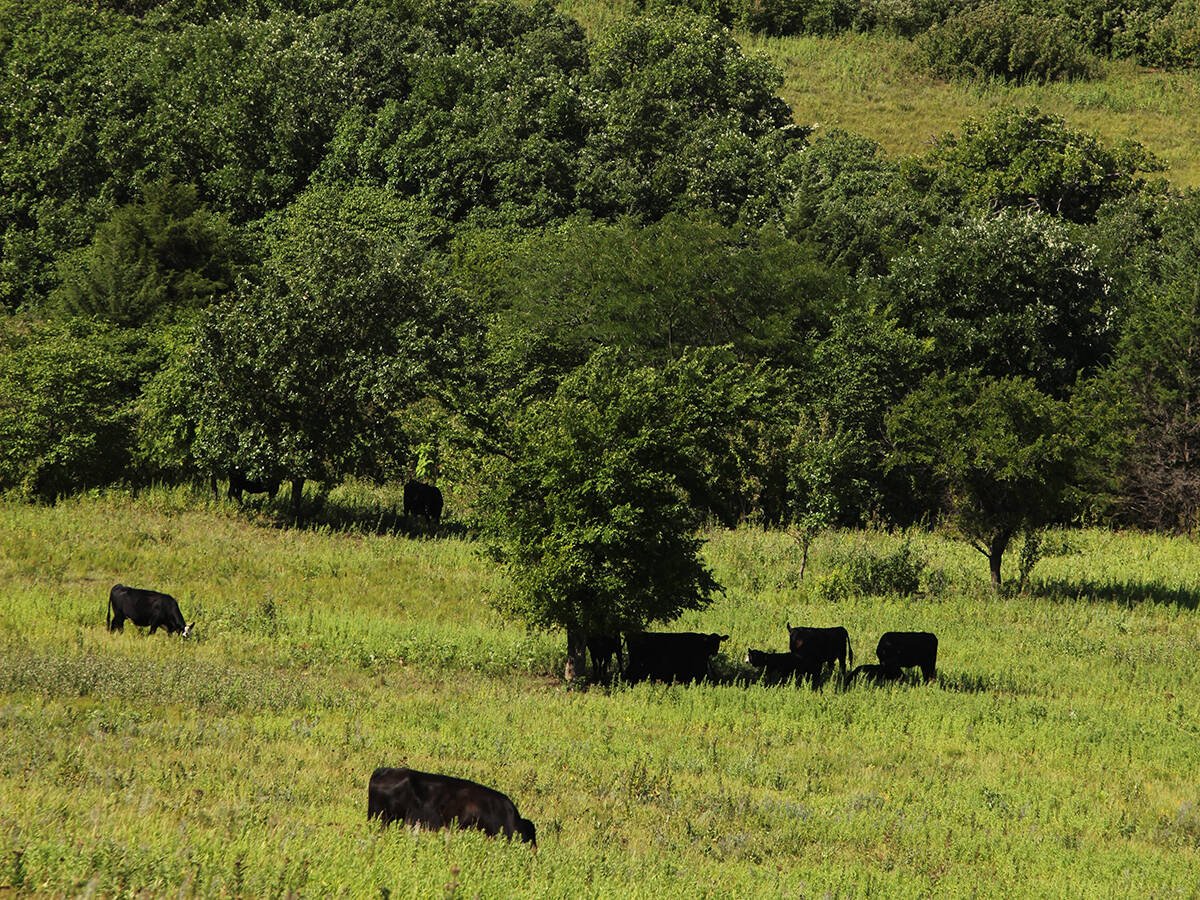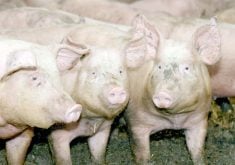When Harold Gulbraa’s family homesteaded near Irma, Alta., 90 years ago, there was no railroad or grain elevator.
As grain companies consolidate and move to bigger centres, the 500 people living at Irma probably will lose their two elevators.
“The circle is slowly being completed,” said Gulbraa.
At one time Irma had four grain elevators but one was demolished and another burned down.
Earlier this year Gulbraa wrote to Agricore asking if he could buy the former Alberta What Pool elevator when the company was done with it. He is still waiting for a reply but thinks the elevator is near the end of its life because a new steel terminal is under construction at Viking.
Read Also

Beef cattle more prone to trace mineral deficiencies
The trace mineral status of our cows and calves is a significant challenge for western Canadian producers and veterinarians.
“It appears in the near future it won’t be operating,” he said.
In many cases elevators on branch lines have been removed but Irma sits on the main CN Rail line. However, local farmers are told it is not economical to stop there. At one time Irma handled about one million bushels of grain a year.
Gulbraa wants to keep the elevator where it is because moving it to his farm over the rough terrain would be too expensive.
Farmers like Gulbraa feel it is a mistake for grain companies to demolish these wooden elevators. The structures are part of the prairie culture and still have years of use in them.
“In another 30 years there won’t be any more original structures left standing.”
He understands some have to fall.
“Not every one-horse town can retain an elevator for a museum. It’s not realistically possible.”
Preserving a piece of prairie culture is driving a 20-member committee at High River, Alta.
Accountant Penny Leckie is part of the group hoping to preserve the elevator near the town’s Museum of the Highwood. It could be a perfect tie-in with the historic downtown, she said.
The committee was told the 60-year-old elevator is stable. It is doing a feasibility study to see if the elevator could become an interpretative centre, museum or art galley.
“I don’t want to be associated with an eyesore,” she said.
Some High River residents worry that without a prairie icon that ties them to their agricultural roots, the town will become another bedroom community that empties itself every day as workers commute to Calgary 50 kilometres away.
They want to negotiate with Agricore to see if the elevator can be maintained.
The elevators on this line were closed in favor of a new mega-structure at Blackie, east of High River.
Mixed reaction has come from the town and farm community. Some feel these prairie sentinels have historical significance, while others worry they are fire hazards if they remain standing.
Leckie is amazed a lot of people new to the community want it preserved. Others want it demolished and the land turned into a parking lot or used for other commercial development.
Agricore was unavailable for comment.















